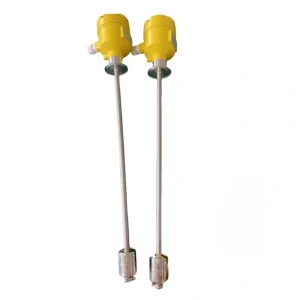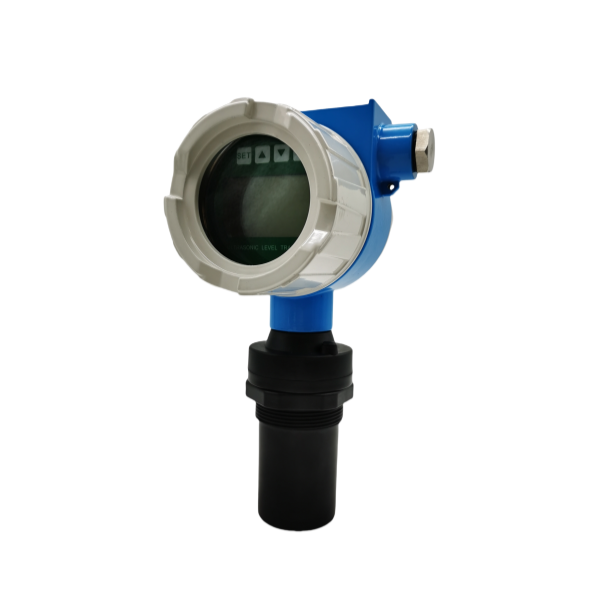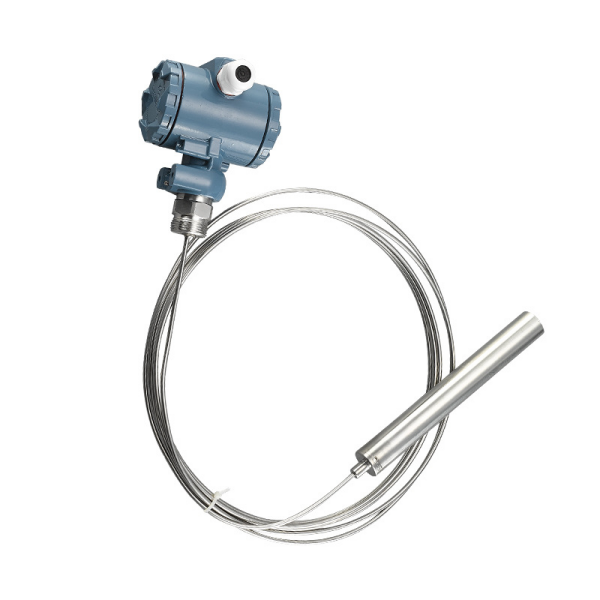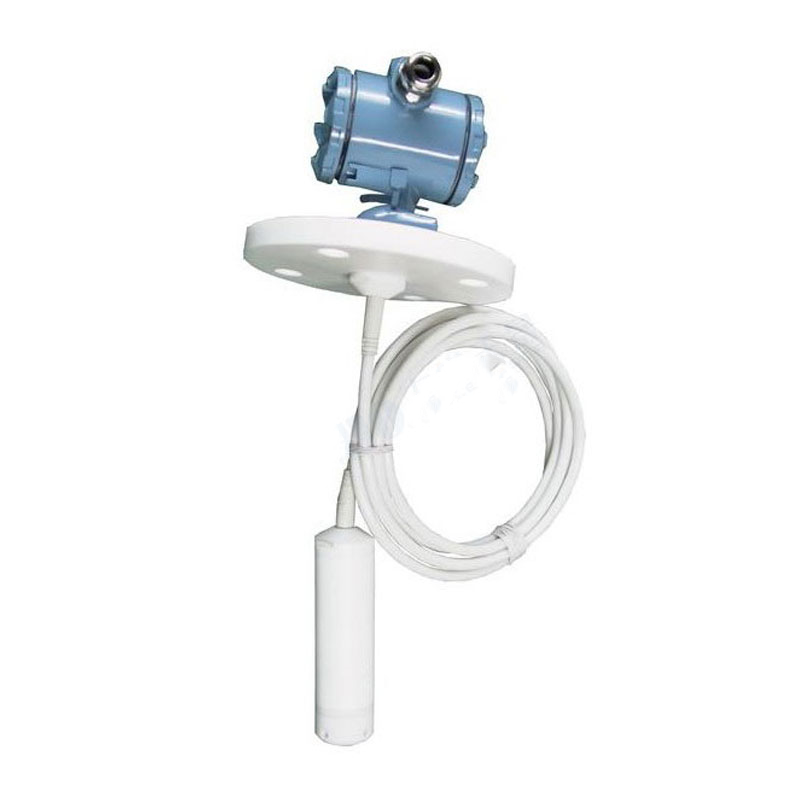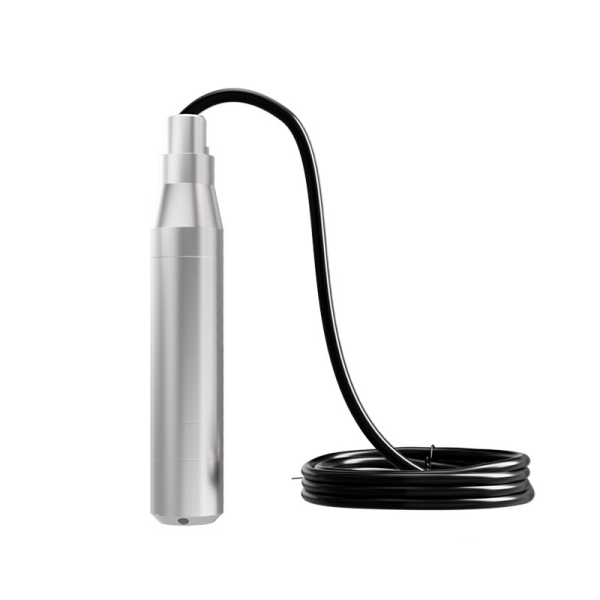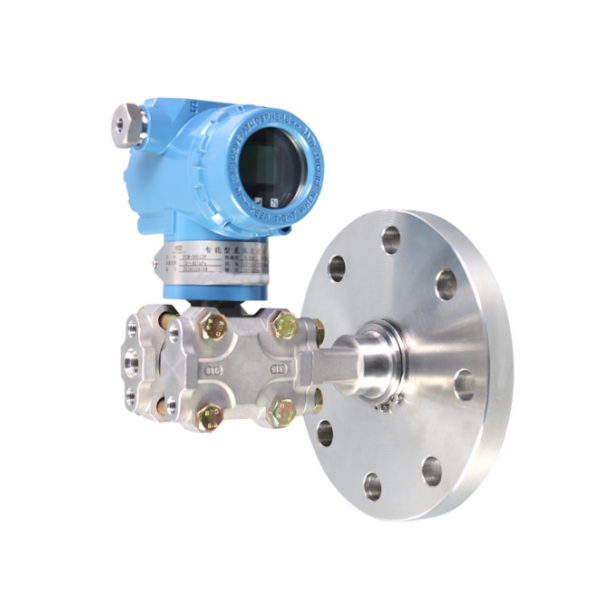How Does a Capacitive Level Sensor Work?
The capacitive level sensor is based on the principle of capacitive induction. When the height of the measured medium soaking the measuring electrode changes, its capacitance changes. It can convert the change of the liquid level medium height into a standard current signal. The current signal is transmitted to the operation control room for centralized display by secondary instruments or computer devices.
Its good structure and installation method can be applied to high temperature, high pressure, strong corrosion, easy crystallization, anti-blocking, anti-freezing and solid powdery and granular materials.
The capacitive level sensor solves the influence of factors such as temperature, humidity, pressure, and conductivity of the material on the measurement results. Therefore, it has extremely high anti-interference, reliability and high precision.

Customization Cases of the Capacitive Cryogenic Level Sensor:
| Measuring medium | liquid nitrogen |
| Internal pressure | 1.5MPa. |
| Output signal | 0-5V |
| Total length | 300mm |
| Highest level gauge | 250mm |
| Thread | M20*1.5 |
| Power supply | 24vdc |
| Display | No display |
| Measuring medium | liquid nitrogen -196℃ and other low temperature inert liquids |
| Thread | NPT3/4 |
| Internal pressure | 20MPa |
| Probe length | 1.38 meters |
| Wiring system | two-wire system |
| Output signal | 4-20mA |
| Power supply | 24VDC |
| Display | digital display |







